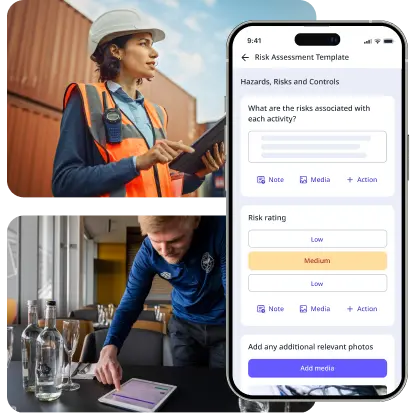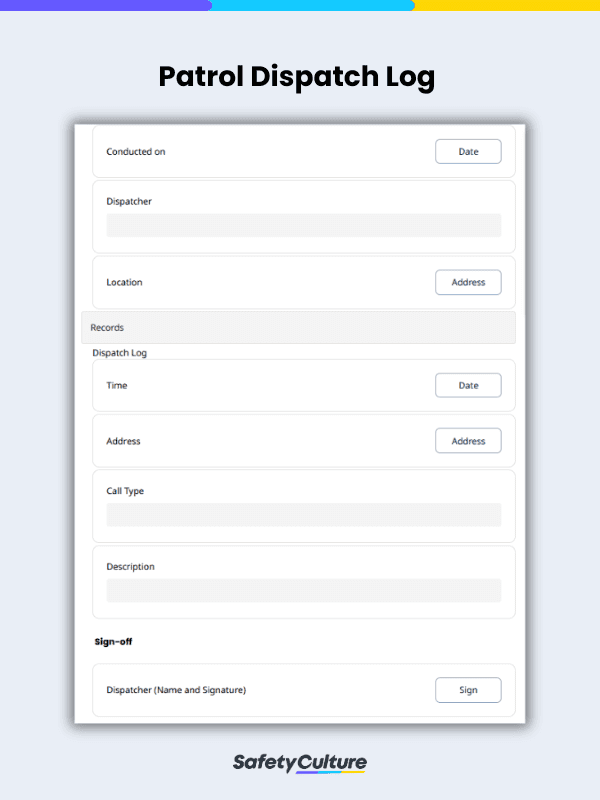What is a Dispatch Log?
A dispatch log is a recorded document of personnel that has been sent off by the organization to deal with tasks, services, or incidents. It is used to track daily dispatch activities within the organization to ensure the timeliness of deliveries and services. It also helps dispatchers to organize personnel’s assignments and schedule.
Importance of Dispatch Logs
A dispatch log is necessary for different services including logistics, transportation, services, and security. It helps track the availability of the unit or personnel to do a specific task. It also guides the dispatcher in organizing tasks and assignments to avoid duplicative work, avoiding overlooked crucial requests, and tracking evidence of dispatch in case of a failed transaction.
Aside from business needs, dispatchers for public interest such as first responders, public safety dispatchers, emergency dispatchers, law enforcement, police dispatchers, and police departments—can use this as an alternative when documenting important information regarding any dispatching activities.
Key Elements of a Dispatch Call
Dispatchers should be able to categorize call requests to ensure packages or services are delivered to their appointed time and destinations. Here are the key elements of a dispatch call:
Timeline
Setting the timeline can help establish the priority level of services or deliveries. It would help determine if the set date and time would fit on the manpower and schedule of the staff. Also, It would help dispatchers to ensure deliveries would be available to meet customer expectations.
Priority Level
It is important to triage the priority level of a call request. Triaging would help dispatchers to decide which services are needed to attend immediately and which ones can wait. Below are the different priority levels:
- High-level priority – This request is needed to attend immediately at any cost. For example in security services or emergency response dispatch, the following criteria are considered high-level:
- accident requiring immediate medical attention;
- crimes in progress (excluding crimes that are referred to as self-reporting);
- incidents involving physical danger or risk to the public including the use of dangerous weapons; and
- death investigation.
- Mid-level priority – This request does not typically require an immediate response. Coordinated response time can be managed at any time of the day.
- Low-level priority – The timeliness of response is not an issue. There is a given timeline within a week or more to deliver the service.
Destination
It is vital to check the location or destination of the service request to ensure it is within the range of business. It would help dispatchers to allocate staff that is nearby the locations and can be a basis to set the expectations of the customers when to receive deliveries or services.



